Australian Tropical Rainforest Plants - Online edition
Elaeocarpus coorangooloo J.F.Bailey & C.T.White
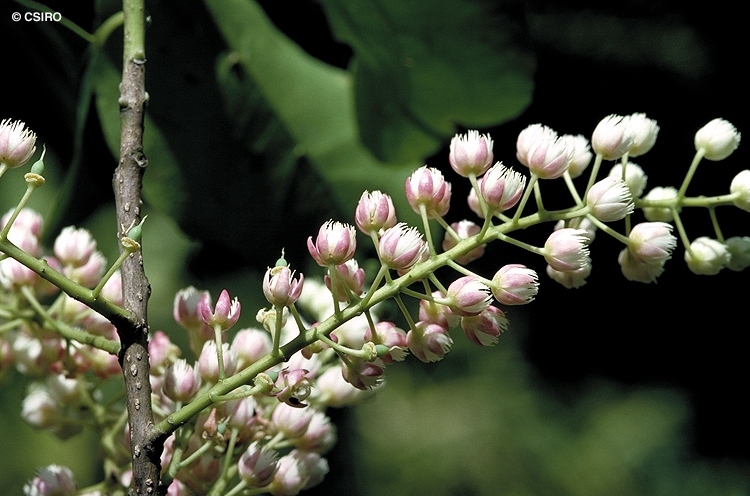

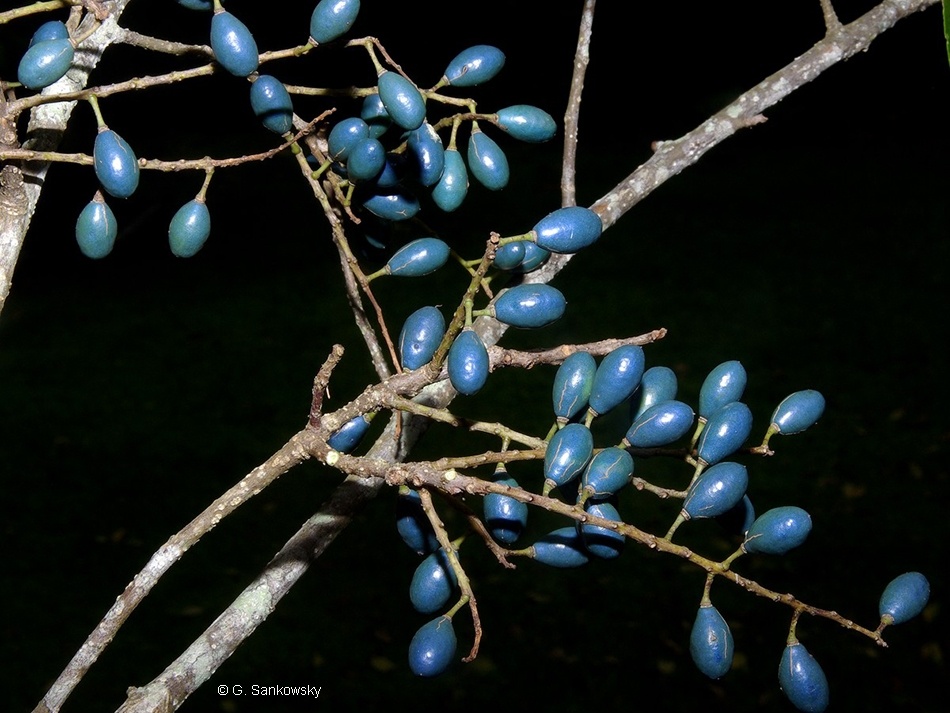
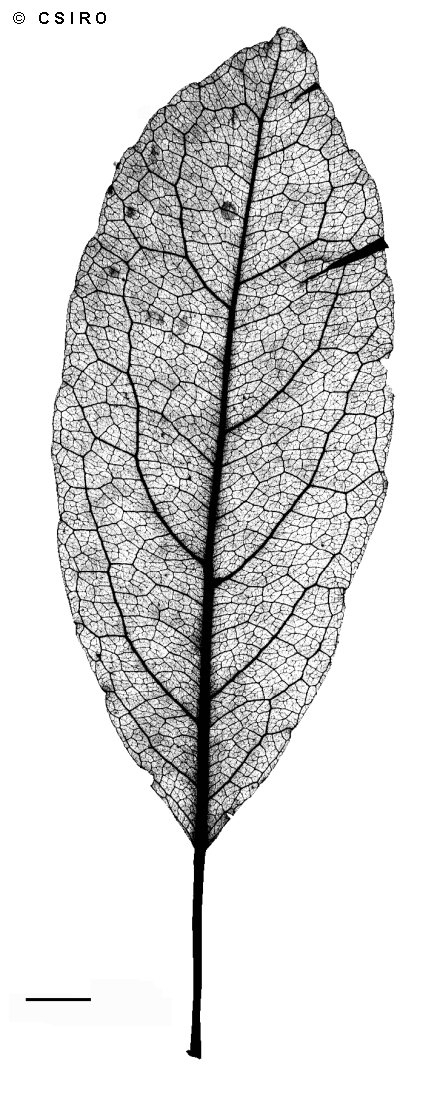
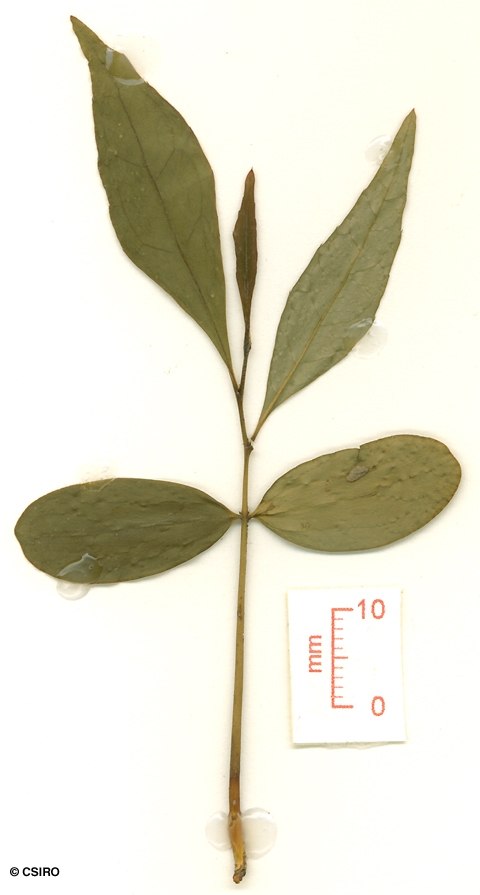
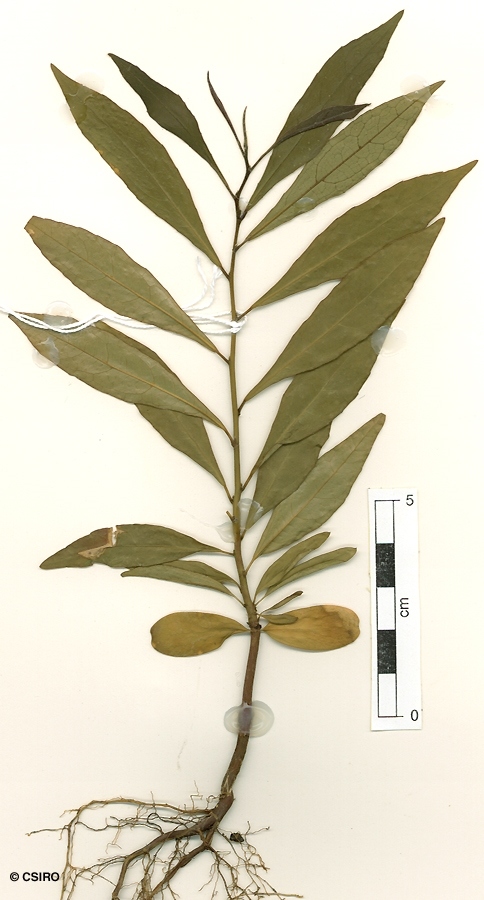
Bailey, J.F. & White, C.T. (1917) Queensland Department of Agriculture and Stock. Botany Bulletin 19: 4. Type: Martintown; J.F. Bailey; Atherton District, H.W. Mocatta.
Quandong, Brown; Caloon; Coorangooloo Quandong; Brown Quandong; Quandong, Coorangooloo
Blaze may be finely layered.
Leaf blades about 7-11 x 3-5.5 cm. About 10-20 blunt teeth on each side of the leaf blade. Numerous pale coloured lenticels visible on the twigs. Each lenticel circular or slightly elongated longitudinally, with a slit down the middle. Leafy twigs about 4 mm diameter. Old leaves turn red prior to falling. Domatia are foveoles.
Cotyledons obovate to oblong, about 20-25 x 10 mm. At the tenth leaf stage: leaf blade elliptic, apex acuminate, base attenuate, margin crenate, teeth small, about 5-10 each side of the leaf blade, each tooth aristate at the apex, upper surface with a few scattered fine hairs; stipules small, triangular, hairy. Seed germination time 38 days.
Endemic to NEQ, known only from the Windsor Tableland, Atherton Tableland and another site southwest of Paluma. Altitudinal range from 700-1000 m. Grows in drier rain forest often associated with Kauri Pine (Agathis robusta).
Has potential as a spreading shade tree producing masses of white to pale pink flowers and blue fruits.
Produces a useful general purpose timber.
Wood specific gravity 0.61. Cause et al. (1989).





